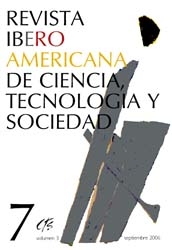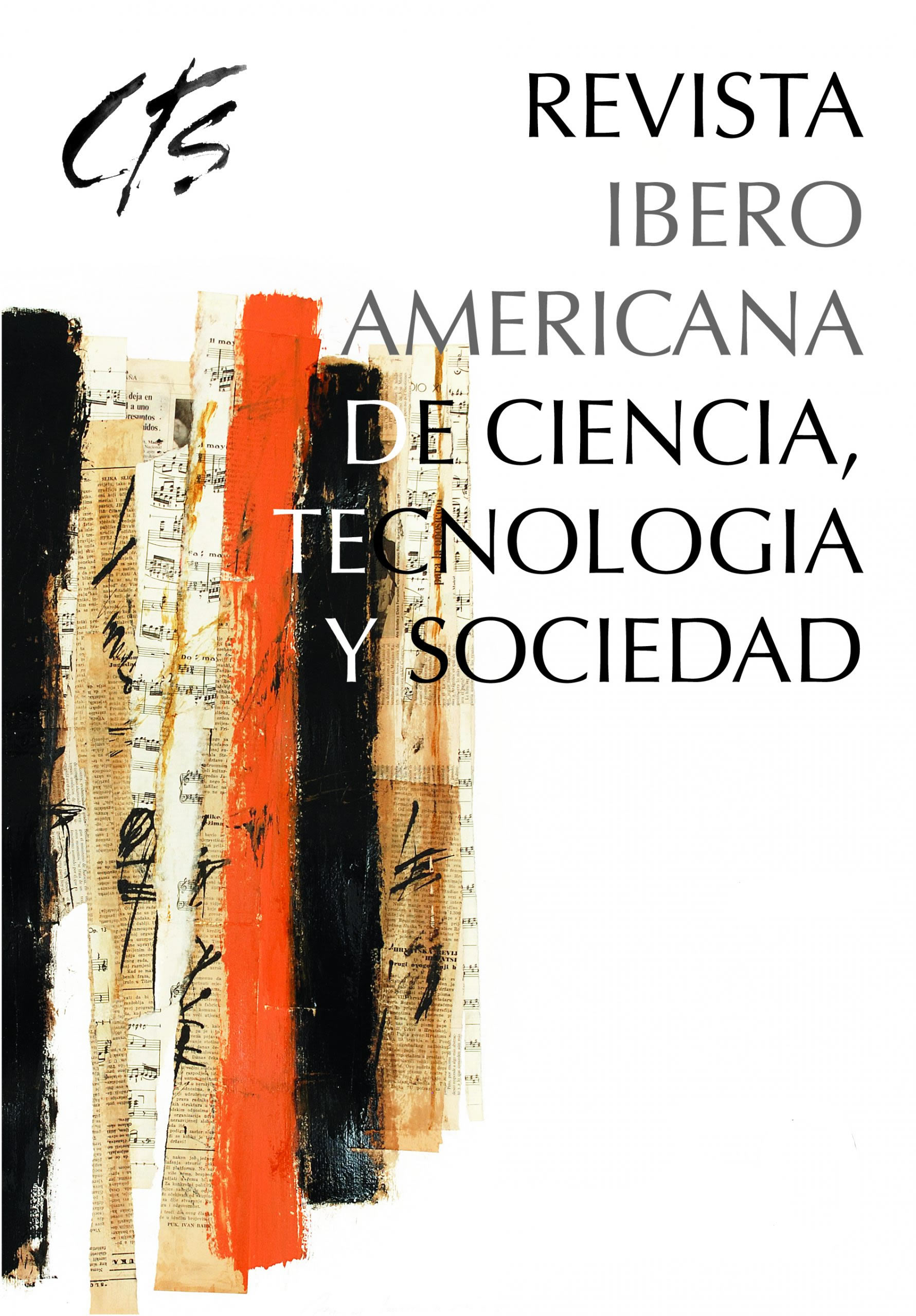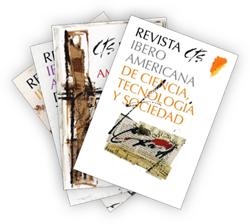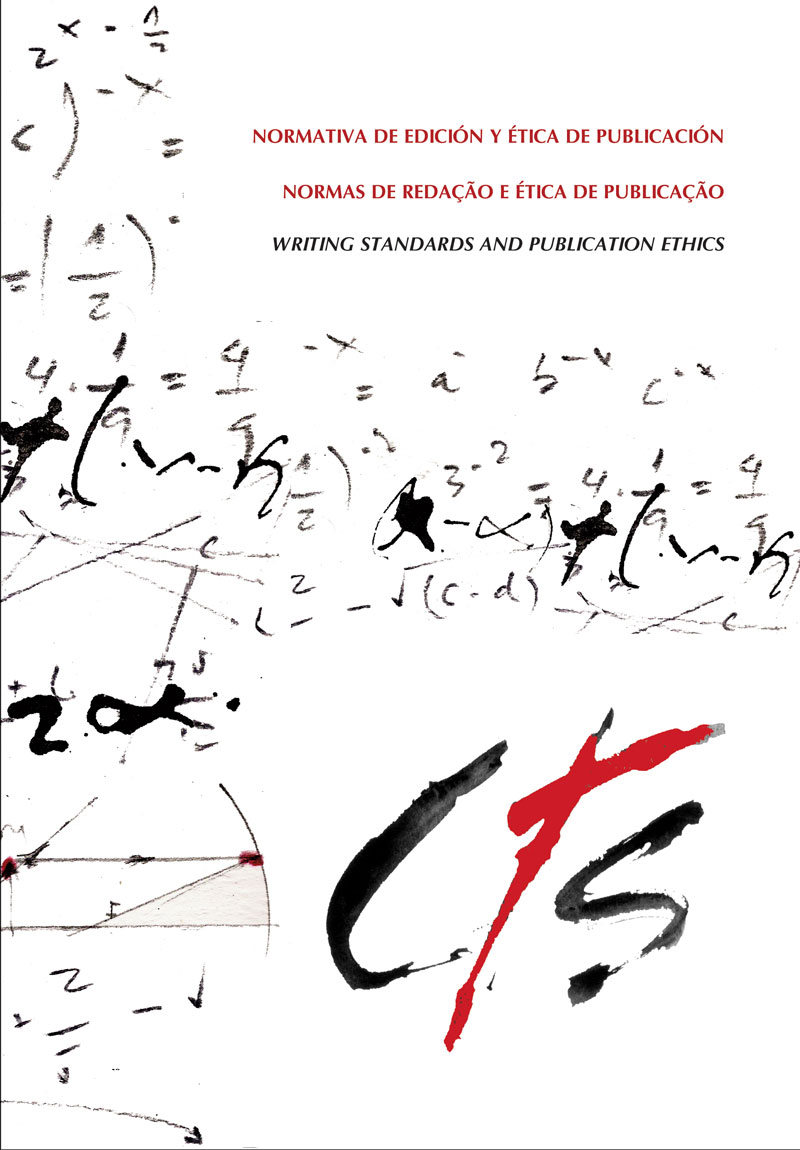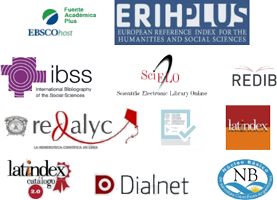Mobility of Highly Skilled Personnel
An International Overview
DOI:
https://doi.org/10.52712/issn.1850-0013-970Keywords:
migration of highgly skilled human resources, higher education, emerging countriesAbstract
International migration of the highly-skilled is not a new phenomenon. Qualified people have always moved to destinations where they can make the most of their qualities. However, in an increasingly globalised world, not only the numbers have gone up dramatically, but the flows are changing direction as well. The United States, traditionally the most attractive destination, is losing some of its appeal, while at the same time other industrialised countries are competing harder for the scarce talent. In addition, with the economic development of some of the source countries, in particular China and India, these countries are starting to pull back and retain their skilled people. This paper looks at the trends and shifting pattern of highly-skilled people across the globe.
Downloads
References
API (American Institute of Physics) (2004): “House Science Committee Reviews Visa Process,” The American Institute of Physics Bulletin of Science Policy News, No. 24, 1º de marzo.
ARMSTRONG, J. A. (2003): “The Foreign Student Dilemma,” Issues in Science and Technology, edición de verano.
BARRERE, R., L. LUCHILO y J. RAFFO (2004): “Highly-skilled Labour and International Mobility in South America”, STI Working Paper 2004/10, www.oecd.org/sti/working-papers.
BASU, I. (2004): “India noses ahead as a R&D hotspot,” United Press International, 15 de octubre.
BROWN, G. (2005): “Putting Britain at the forefront of global trade,” The Financial Times, 4 de febrero.
BUCKLEY, C. (2004): “Let a Thousand Ideas Flower: China is a new Hotbed of Research,” New York Times, 13 de septiembre.
BUDERI, R. (2003): “Technological McCarthyism”, Technology Review, julio / agosto.
BURRELLI, J. (2004): “Emigration of US-born S&E Doctorate Recipients,” SRS InfoBrief, junio.
CHATURVEDI, S. (2005): “Dynamics of Biotechnology Research and Industry in India: Statistics, Perspectives and Key Policy Issues”, STI Working Paper 2005/6, www.oecd.org/sti/working-papers.
CHINA DAILY (2006): “Spending on R&D Gets Boost”, China Daily, 10 de febrero de 2006.
DST (Department of Science and Technology) (2002): Research and Development Statistics 2000-01, DST, Ministry of Science and Technology, Govt. of India, New Delhi.
DST (2005): Research and Development Statistics at a Glance 2004-05, DST, Ministry of Science and Technology, Govt. of India, New Delhi.
DUMONT, J.-C. y G. LEMAÎTRE (2005): “Counting Immigrants and Expatriates in OCDE Countries: A New Perspective”, OCDE Social, Employment and Migration Working Papers, No. 25, http://www.oecd.org/dataoecd/34/59/35043046.pdf.
ERICSSON CORP. (2001): Ericsson Research 2001. http://www.ericsson.com/technology/docs/Ericsson_Research_2001.pdf.
EUROPEAN COMMISSION (2000): Presidency Conclusions: Lisbon European Council, 23 and 24 March 2000, Brussels.
EUROPEAN COMMISSION (2002): Presidency Conclusions: Barcelona European Council, 15 and 16 March 2002, SN 100/02, Bruselas.
EUROPEAN COMMISSION (2003): “Investing in Research: An Action Plan for Europe,” COM(2003)226 final y “Europe Must Take Action to Compete in Global Market for Researchers,” CORDIS News, www.cordis.lu.era/mobility.htm, 25 de noviembre de 2003.
GUELLEC, D. (2002): Human Resources: A Potential 3% Bottleneck, presentación ante la Comisión Europea, DG Research, 5 de noviembre.
HARRIS, R. G. (2004): “Labour Mobility and the Global Competition for Skills: Dilemmas and Options”, preparado para la mesa redonda Roundtable on International Labour Mobility del 27 de febrero de 2004, Ministerio de Industria del Canadá, Ottawa.
IIE (Institute of International Education) (2004): Open Doors Report, Institute of International Education, Noviembre, http://opendoors.iienetwork.org.
IIE (2005): Open Doors Report, Institute of International Education, Noviembre, http://opendoors.iienetwork.org.
IMD (2004): World Competitiveness Yearbook, 2004, http://www02.imd.ch/wcc/.
IRI (2001): R&D Facts 2000, Washington, DC, http://www.iriinc.org/webiri/publications/R&Dfacts2000.pdf.
JOHNSON, J. (2001): “Human Resource Contributions to US Science and Engineering from China,” SRS Issue Brief, enero.
KHADRIA, B. (2001): “Shifting Paradigms of Globalisation in the 21st Century,” International Migration, Vol.39, No.5, Volumen especial 1.
KHADRIA, B. (2004a): “Migration of Highly-skilled Indians: Case Studies of IT and Health Professionals,” STI Working Paper 2004/6, www.oecd.org/sti/working-papers.
KHADRIA, B. (2004b): “Human Resources in Science and Technology in India and the International Mobility of Highly-skilled Indians,” STI Working Paper 2004/7, www.oecd.org/sti/working-papers.
MAHROUM, S. (2002a), “Europe and the Prospect of Brain Drain,” The IPTS Report, vol.66, Julio, www.jrc.es/pages/iptsreport/vol66/english/STR1E666.html.
MAHROUM, S. (2002b), “US Science and the Fear of a Backlash: The Possible Fallout of September 11th on the Immigration of Scientists and Engineers to the US,”
GaWC (Globalization and World Cities Study Group and Network) Research Bulletin 79, www.lboro.ac.uk/gawc/rb/rb79.html.
MARSH, P. (2004): “World’s Manufacturers March into China,” The Financial Times, 21 de junio, p. 11.
METI (Ministerio de Economía, Comercio e Industria) (2003): Japanese White paper on International Tr a d e , “Section 2: Utilisation of Excellent Overseas Human Resources”.
MORIS, F. (2004a), “Industrial R&D employment in the United States and in US Multinational Corporations” SRS InfoBrief, diciembre.
MORIS, F. (2004b), “US-China R&D Linkages: Direct Investment and Industrial Alliances in the 1990s,” SRS InfoBrief, febrero.
NASSCOM (National Association of Software and Service Companies) (2002): Strategic Review 2002, Chapter 5: ‘Knowledge Professionals’, National Association of Software and Service Companies, New Delhi, pp. 63-82.
NCAER (National Council of Applied Economic Research) (2005): India Science Report, NCAER, Nueva Delhi, http://www.insaindia.org/India%20Science%20report-Main.pdf.
NCEE (National Commission on Excellence in Education) (1983): A Nation At Risk: The Imperative for Educational Reform, abril, www.ed.gov/pubs/NatAtRisk/risk.html.
NAE (National Academy of Engineering) (2005): Engineering Research and America’s Future: Meeting the Challenges of a Global Economy, disponible en http://fermat.nap.edu/books/0309096421/html/.
NBS (National Bureau of Statistics) (2005): China Statistical Yearbook 2004, China Statistical Press, Beijing.
NBS (2006): China Statistical Yearbook 2005, China Statistical Press, Beijing.
NSB (National Science Board) (2003): The Science and Engineering Workforce: Realizing A m e r i c a ’s Potential, M a y, Washington, DC, disponible en http://www.nsf.gov/nsb/documents/2003/nsb0369/nsb0369.pdf.
NSF (2002): Science and Engineering Indicators 2002, Vol. 2: Appendix Tables, National Science Foundation, Arlington, Virginia.
NSF (2004): Science and Engineering Indicators 2004, Arlington, Virginia.
NSF (2006): Science and Engineering Indicators 2006, Arlington, Virginia.
NYE, J. (2004): “You Can’t Get Here From There”, New York Times, 29 de noviembre. OCDE (1970): Gaps in Technology, OCDE, París.
OCDE (2000): A New Economy? The Changing Role of Innovation and Information Technologies, OCDE, París.
OCDE (2001): International Mobility of the Highly-skilled, OCDE, París.
OCDE (2003): The New Economy: Beyond the Hype, OCDE, París.
OCDE (2004a): Internationalisation and Trade in Higher Education, OCDE, París. OCDE (2004b): Science, Technology and Industry Outlook, OCDE, París.
OCDE (2004c): Internationalisation and Trade in Higher Education, París.
OCDE (2004d): Learning for tomorrow’s world: First results from PISA 2003, OCDE, París.
OCDE (2005a): Science, Technology and Industry Scoreboard, P a r í s , www.oecd.org/sti/scoreboard.
OCDE (2005b): Main Science and Technology Indicators 2005-2, OCDE, París.
OCDE (2005c): Trends in International Migration: SOPEMI - 2004 Edition, OCDE, París.
OSS (Overseas Student Statistics) (2003): www.aei.dest.gov.au.
RAI, S. (2004): “From India, Genius on the Cheap,” International Herald Tribune, 15 de diciembre, p. 12.
S A I N T- PAUL, G. (2004): “The Brain Drain: Some Evidence from European Expatriates in the United States”, IZA Discussion Paper No. 1310, IZA, Bonn, ftp://ftp.iza.org/dps/dp1310.pdf.
SAXENIAN, A. (1999): “Silicon Valley’s Skilled Immigrants: Generating Jobs and Wealth for California”, Research Brief, No. 21, Public Policy Institute of California, San Francisco.
SAXENIAN, A. (2002): “Transnational Communities and the Evolution of Global Production Networks: The cases of Taiwan, China and India,” Industry and Innovation 9 no. 3, Special Issue on Global Production.
SCIENCE & GOVERNMENT REPORT (2004): New Steps are Urged to Ease Entry of Foreign Scientists and Students to the US, 1º de junio.
SCHAAPER, M. (2004): “An Emerging Knowledge-based Economy in China?Indicators from OCDE Databases,” STI Working Paper 2004/4, www.oecd.org/sti/working-papers.
SCMP (South China Morning Post) (2006): “Innovation Key to Modernisation, Hu Says”, South China Morning Post, 10 de enero 2006, Beijing.
SHEEHAN, J. y A. WYCKOFF (2003): “Targeting R&D: Economic and Policy Implications of Increasing R&D Spending,” STI Working Paper 2003/8, www.oecd.org/sti/working-papers.
SONG, W. y Z. XUAN (2004): “Preliminary Analysis of China’s Doctor Education,” OCDE Careers of Doctorates Workshop, septiembre de 2004.
WANG, Y. y T. ZHENG (2005): "Los chinos residentes en el extranjero se han convertido en una fuerza pujante en el desarrollo de la economía china", disponible en: http://www.cer.net/article/20050104/3125764.shtml.
WEF (2004): Global Competitiveness Report, 2003-04, www.weforum.org.
WYCKOFF, A. y M. SCHAAPER (2006): “The Changing Dynamics of the Global Market for the Highly-Skilled”, en Foray, D. y B. Kahin (eds.): Advancing Knowledge and the Knowledge Economy, MIT Press, Cambridge, Massachusetts.
XING, L. (2004): "El rápido desarrollo de la economía china acelera el regreso de los chinos residentes en el extranjero", disponible en: http://www.china.org.cn/chinese/EDU-c/509088.htm.
ZHOU, P. y L. LEYDESDORFF (2006), “The emergence of China as a leading nation in science”, Research Policy, Volume 35, Issue 1, febrero de 2006, pp. 83-104.
Downloads
Published
How to Cite
Issue
Section
License
Copyright (c) 2025 CC Attribution 4.0

This work is licensed under a Creative Commons Attribution 4.0 International License.
All CTS's issues and academic articles are under a CC-BY license.
Since 2007, CTS has provided open and free access to all its contents, including the complete archive of its quarterly edition and the different products presented in its electronic platform. This decision is based on the belief that offering free access to published materials helps to build a greater and better exchange of knowledge.
In turn, for the quarterly edition, CTS allows institutional and thematic repositories, as well as personal web pages, to self-archive articles in their post-print or editorial version, immediately after the publication of the final version of each issue and under the condition that a link to the original source will be incorporated into the self-archive.
